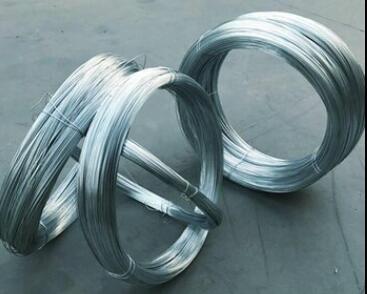The Versatility and Advantages of Perforated Metal
Perforated metal is a fascinating and versatile material that has found its way into a wide range of industries and applications. With its unique properties, it not only serves functional purposes but also fulfills aesthetic needs, making it an essential choice for architects, designers, and engineers alike. In this article, we will explore what perforated metal is, its benefits, applications, and why it continues to be a popular choice in contemporary design and construction.
What is Perforated Metal?
Perforated metal refers to materials, typically sheets of metal, that have been punched, drilled, or stamped with a series of holes, creating a specific pattern. These patterns can vary in size, shape, and spacing, allowing for a wide range of design possibilities. Common materials used for perforated metal include steel, aluminum, stainless steel, and cooper. Depending on the type of metal and the perforation process, the resulting sheets can be lightweight, robust, and resistant to corrosion.
Advantages of Perforated Metal
1. Lightweight and Durable One of the standout characteristics of perforated metal is its lightweight nature. Despite featuring holes, perforated sheets maintain a high degree of structural integrity. This makes them easier to handle and install while still providing the strength needed for various applications.
2. Aesthetic Appeal The potential for creating intricate designs with perforated metal makes it an attractive choice for architects and designers. Whether employed in facades, screens, or ceilings, the patterns can dramatically enhance the visual appeal of a structure. Furthermore, the ability to customize hole size and arrangement means that designers can create unique pieces that align with specific aesthetic visions.
3. Versatile Applications Perforated metal is used in a vast range of applications. In the construction industry, it is commonly used for siding, sunshades, and balustrades, providing both functional and decorative qualities. In industrial settings, it can serve as filters, grilles, and guards. Additionally, in the automotive and aerospace industries, it is utilized for lightweight parts that require strength without excess weight.
perforated metal

4. Acoustic Solutions One of the less recognized benefits of perforated metal is its acoustic properties. The holes in the metal allow sound waves to pass through, making it an effective solution for sound absorption and noise reduction. This quality finds its use in theaters, concert halls, and other spaces where audio clarity is essential.
5. Ventilation and Light Transmission Perforated metal allows for the flow of air and light, making it an excellent choice for architectural applications where natural ventilation is desired. It can reduce the reliance on mechanical ventilation systems, promoting energy efficiency in buildings. Moreover, light can filter through the perforations, creating dynamic lighting effects within a space.
6. Easy Maintenance Perforated metal surfaces are generally easy to clean and maintain, particularly when they are coated with protective finishes. This attribute is particularly beneficial in environments prone to dirt and grime, such as kitchens or industrial settings.
Applications in Modern Design
The innovation surrounding perforated metal has led to a surge in its applications in modern design. In commercial and public spaces, it's not uncommon to see perforated metal used as decorative panels, security screens, or to create striking architectural features. In urban environments, it has become a favored material for designing facades that provide shade while showcasing a modern, industrial aesthetic.
Moreover, artists and designers are employing perforated metal in sculptures and installations, utilizing its ability to create light and shadow effects. The patterns can be manipulated to tell a story or convey a theme, leading to immersive experiences for viewers.
Conclusion
In conclusion, perforated metal stands as a testament to the blend of functionality and artistry in modern design. Its versatility, durability, and aesthetic appeal make it an invaluable material across a spectrum of industries, from construction to the arts. As architects and designers continue to push the boundaries of creativity, perforated metal will undoubtedly remain a key player in shaping the spaces we live, work, and play in. Whether for utilitarian purposes or to enhance visual environments, perforated metal is here to stay, revolutionizing the way we view and interact with our surroundings.

















